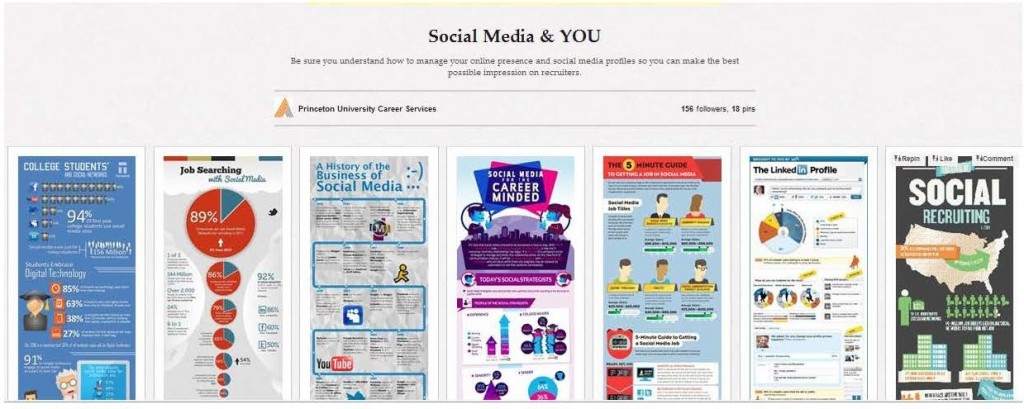When Facebook suddenly changed to timeline, there was widespread controversy. Some liked the double-picture spread. Others were concerned that the change would make it far too easy for viewers to access the early years of your Facebook history. And who wants their middle school pictures open to the public?
Now it’s not just Facebook that’s changing. LinkedIn has also recently altered its format to a new, more visually streamlined profile format. But before we hem and haw over social media changes, let’s take a look at the details. This format may just work to your advantage.
So what’s different? First thing you’ll probably notice is that your picture is much bigger. While the photo slot is still square-shaped, it will be all the more noticeable when viewers land on your page. As always, make sure it’s professional! Additionally, the layout of your information will no longer appear like a print resume converted online. In fact, it will read visually a bit like the Facebook “About” section. The logo of each company you have worked for will appear next to its title. Each category of the profile (i.e. “Experience,” “Education,” or “Organizations”) will be headed in dark, all-capped font. And next to each heading will appear its own logo.
Second, to the right of your profile you’ll see something called “Profile Strength.” This is a measure visible only to you that will tell you how competitive your profile is on LinkedIn. While this measure is mostly based on completeness of your profile, there’s another way you can strengthen your profile with another new LinkedIn feature.
Now, at the top of your profile any viewer can see your activity feed—did you connect with a new person? Post a status? Update your photo? This feed is a good way to show your connections, what you’re up to, and the more you come up in the news feed the better. Aim for adding something to your profile about once a month.
Another key change is your new ability to “follow” thought leaders—a similar system to following on Twitter or subscribing on Facebook. Take a moment to research the top thinkers in your field. This feature will help keep you up-to-date and also help others learn a bit more about your interests and aspirations.
My overall impression is optimistic. Because of the easy on the eyes layout, people who view your profile will better be able to remember you. Sounds fair enough. See for yourself. For more information on building your best LinkedIn profile, visit Career Services social media page.


